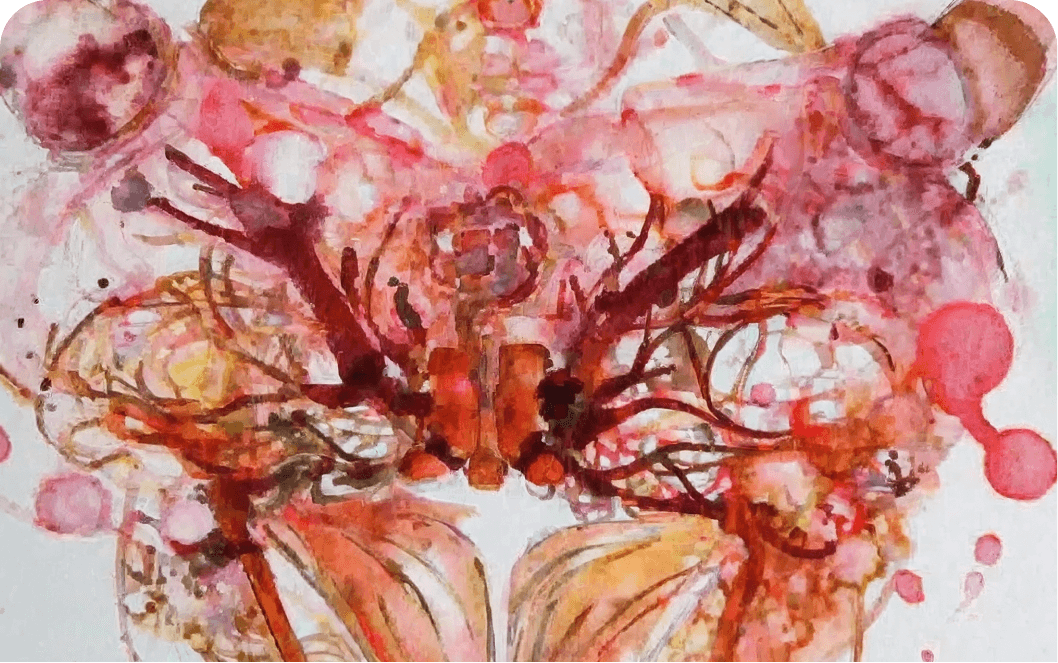How to raise the red flag
When should you suspect endometriosis? And how do you refer a patient on? Should your first port of call be an endometriosis specialist… or someone else? And how should you follow up?
To save time in your busy day, we’ve summarised NICE’s official guidance on diagnosing and managing endometriosis1 below.
The endometriosis diagnosis pathway
Symptoms to look out for
Suspect endometriosis with 1 or more of:
Urinary symptoms (period-related)
Infertility
Deep pain during/after sex
Gastrointestinal symptoms (period-related)
Period-related pain
Chronic pelvic pain
Discuss: individual background and needs
Abdominal and pelvic examination
Where to raise the red flag
Gynaecology service:
Severe, persistent or recurrent symptoms
Pelvic signs of endometriosis
If fertility is a priority:
MDT and fertility specialist involvement
Also see: Fertility is a priority guidelines
Specialist endometriosis service:
Suspected or confirmed deep endometriosis involving the bowel, bladder or ureter
Paediatric & adolescent gynaecology service:
For those aged 17 and under
Explore the available tests
Transvaginal ultrasound
If transvaginal scan is not appropriate
Transabdominal ultrasound
Laparoscopy
Considerer even if ultrasound is normal
Help end the wait for a diagnosis of endometriosis
Currently, people wait around eight years for an endometriosis diagnosis2. When you consider the debilitating symptoms – the crippling pelvic pain, the heavy periods, the extreme exhaustion3-5 – this is simply too long for your patients to go without support.
But together with healthcare professionals across the UK, you have the power to change this. You have the power to make life so much better for your patients with a cervix of reproductive age. Simply listen out for the red flags.

Endometriosis is more than pelvic pain. More than heavy periods. Do you know all the red flags?
Find out moreReferences:
- National Institute for Health and Care Excellence. 2017. Endometriosis: Diagnosis and Management. [NICE Guideline No.73]. Available from: https://www.nice.org.uk/guidance/ng73. [Accessed Feb 2024].
- All Party Parliamentary Group on Endometriosis (APPG). Endometriosis in the UK: time for change. APPG on Endometriosis Inquiry Report 2020. Available from: https://www.endometriosis-uk.org/sites/default/files/files/Endometriosis%20APPG%20Report%20Oct%202020.pdf. [Accessed Feb 2024].
- National Institute for Health and Care Excellence. 2017. Endometriosis: Diagnosis and Management. [NICE Guideline No.73]. Available from: https://www.nice.org.uk/guidance/ng73. [Accessed Feb 2024].
- Becker K et al. Real world data on symptomology and diagnostic approaches of 27,840 women living with endometriosis. Sci Rep. 2021 Oct 14;11(1):20404.
- NHS. Endometriosis. Available from: https://www.nhs.uk/conditions/endometriosis/. [Accessed Feb 2024].
